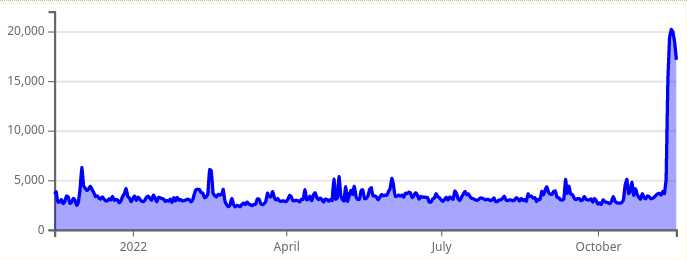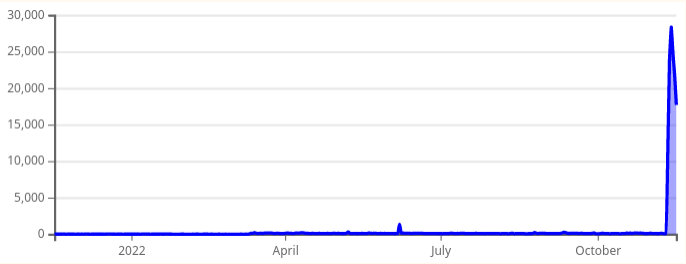Graham Hancock is right about pseudoarchaeology on Wikipedia
In a recent interview on a popular podcast, pseudoarchaeologist Graham Hancock had this to say about Wikipedia:
[T]he point about Wikipedia is, that’s the first place, when somebody hears my name or hears about my ideas, first place they gonna go have a look is Wikipedia. And immediately they’re gonna get turned off.
And he’s absolutely right, of course. If you’re itching to debunk the racist garbage he spreads in Netflix’s new series Ancient Apocalypse, consider editing Wikipedia. It really makes a difference.
Hancock goes on to say that “you can’t edit my Wikipedia page, they’ve locked it, and it’s controlled by a group of academics”, whichis not true. Anybody with an account older than four days can edit the article about him. And anyone can edit the articles about the archaeological sites he misrepresents, with or without an account. Hancock fans regularly do try to distort and whitewash these pages, and the small group of volunteer who edit archaeology-related topics are struggling to stay on top of it. Help from academics and other people with subject-matter expertise is really, really appreciated.
The article on Gunung Padang, an Indonesian archaeological site featured in the first episode of the series, has almost no reliably-sourced information on the real archaeology there! Two other sites Hancock tells tales about are Għar Dalam in Malta and Derinkuyu in Turkey. These articles are in an okay state, but so short that a viewer might think he’s right when he says archaeologists are ignoring them. Or there’s Göbekli Tepe, a favourite of many pseudoarchaeologists (it “changes everything!”). There are featured articles on the site in the German and French Wikipedias, but the English one is underdeveloped. So translators could really help here.
I think editing Wikipedia is the most impactful thing we can do for the public understanding of archaeology. But unfortunately, it is sometimes easier said than done. If prefer not to edit directly, writing responses and rebuttals that Wikipedians can cite is also a huge help!
Addendum (2022-11-17): The chart below shows the daily pageviews of #Wikipedia’s article on Göbekli Tepe over the last year – spot the Ancient Apocalypse effect! It’s even more stark for Gunung Padang, a site that was apparently all but unknown to a general audience before Graham Hancock featured it in the first episode of his pseudoarchaeology documentary.


Adapted from the original Twitter thread on 2023-04-13.